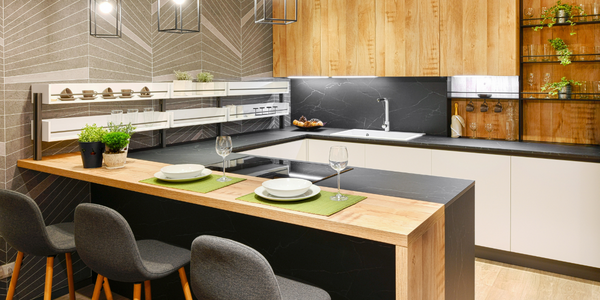Applicable Industries
- Consumer Goods
- Electronics
Applicable Functions
- Product Research & Development
About The Customer
The customer in this case study is Samsung, a multinational conglomerate headquartered in South Korea. Samsung is known for its wide range of products, including smartphones, televisions, and home appliances. The company is recognized globally for its commitment to innovation and technology advancement. In this project, Samsung aimed to leverage the Internet of Things (IoT) to enhance the performance of its domestic appliances, thereby providing a compelling proposition to its consumers. The company's goal was to connect all of its domestic appliances to the IoT by 2020, demonstrating its commitment to technological innovation and consumer-centric product development.
The Challenge
Samsung, a global leader in technology, had a vision to connect all of its domestic appliances to the Internet of Things (IoT) by 2020. However, the company faced a significant challenge in translating this ambition into a compelling consumer proposition. The task was not just about integrating IoT technology into appliances, but also about understanding how this technology could enhance product performance and meet consumer needs. The challenge was to research market opportunities, generate and validate ideas for new domestic appliances that leveraged IoT. This required a deep understanding of the technology landscape, relevant applications for IoT, and how these could be linked to consumer needs and behaviours.
The Solution
Samsung engaged with global product and marketing teams to conduct extensive consumer research in six globally representative markets. The research was not limited to standard quantitative and qualitative panels; it also included ethnographic studies to understand the usage of domestic appliances by families. The insights from this research were combined with technology and market trends to identify opportunities for product innovation. Through fast-paced, design thinking-led workshops, a long list of 40 concepts was created and refined down to a short-list of eight. This process led to the creation of the 'Family Hub' fridge concept, which Samsung unveiled at the Consumer Electronics Show (CES).
Operational Impact
Quantitative Benefit

Case Study missing?
Start adding your own!
Register with your work email and create a new case study profile for your business.
Related Case Studies.
.png)
Case Study
Improving Vending Machine Profitability with the Internet of Things (IoT)
The vending industry is undergoing a sea change, taking advantage of new technologies to go beyond just delivering snacks to creating a new retail location. Intelligent vending machines can be found in many public locations as well as company facilities, selling different types of goods and services, including even computer accessories, gold bars, tickets, and office supplies. With increasing sophistication, they may also provide time- and location-based data pertaining to sales, inventory, and customer preferences. But at the end of the day, vending machine operators know greater profitability is driven by higher sales and lower operating costs.

Case Study
Remote Temperature Monitoring of Perishable Goods Saves Money
RMONI was facing temperature monitoring challenges in a cold chain business. A cold chain must be established and maintained to ensure goods have been properly refrigerated during every step of the process, making temperature monitoring a critical business function. Manual registration practice can be very costly, labor intensive and prone to mistakes.

Case Study
Series Production with Lot-size-1 Flexibility
Nobilia manufactures customized fitted kitchens with a lot size of 1. They require maximum transparency of tracking design data and individual processing steps so that they can locate a particular piece of kitchen furniture in the sequence of processes.










